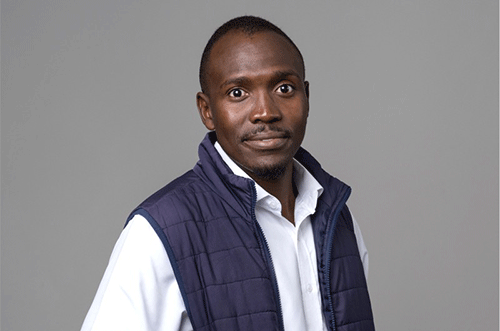Growing fruit trees can be a very rewarding business venture; however, it requires farmers to possess essential knowledge and understanding to profitably grow trees of high value.
Farmers need to understand that growing fruit trees requires knowledge of basic land preparation, seedling purchase, and caring for the trees until they reach maturity.
Namibia’s semi-arid environment offers an opportune environment for fruit tree growing.
To this end, the Northern-Central (Oshana, Oshikoto, Ohangwena, and Omusati region) and North-Eastern areas (Kavango East, Kavango West, and Zambezi regions) present an ideal environment to grow fruit trees to produce high-value fruits such as oranges, mangoes, naartjies, lemons, guavas, papaya, and avocados.
To successfully grow fruit trees, farmers need to understand that most seedlings must be purchased a month or two before the onset of the rainy season.
Moreover, the seedlings must be grown in light-drained and aerated soil (sandy loam or loamy soil with a high percentage of sand particles), that contains a high proportion of organic matter to supply essential nutrients.
To prepare the soil, it is essential to follow basic guidelines; fruit trees should be planted in planting holes that are 1m wide, 1m length and 1m in depth. Moreover, after digging the hole, farmers must fill it up with water to reach a depth of at least 60cm.
The bottom section of the hole (at least 15 to 20cm) must be filled with grass mulch, then another layer of about 20 to 30cm must be filled with manure, followed by a thin layer of soil of about 5 -10 cm. This should be followed by another layer of organic matter such as leaves or dry grass, a layer of manure, and another layer of soil.
The top half of the planting hole (30cm) is the section where a farmer would place the seedling after removing it from the planting bag. Once the seedling has been placed in the top layer of the hole, one should firmly place soil with organic matter and firmly press the soil around the seedling.
The seedlings must be irrigated using a drip irrigation system, sprinkler system, or watering can. This should be followed by the application of mulch to minimise water loss through transpiration.
Moreover, when one grows citrus fruit trees, mangoes, and other fruit trees, it is essential to apply nitrogen rich fertilizers every six weeks to promote growth for the first three years.
Additionally, when a farmer buys grafted seedlings, it is essential to prune the seedlings as they grow (at least 60cm above ground must not have any side branches) to encourage the trees to grow in an upward direction.
If the fruit trees bear fruit before they are three years old, it is advisable to remove the fruits that are developing as it will encourage stronger growth of the trees.
Fruit trees that are below three years of age must be kept moist daily. After year three, however, it is advisable to stress the trees by not watering them at all from May to July as this will encourage them to grow their tap roots deeper into the soil to access moisture.
When they begin to bear fruit, farmers are advised to keep the soil moist at least once or twice per day. This will prevent the fruits from falling off the trees. As a prevention strategy, fruit tree growers are always encouraged to control the fruit fly pest by using bait poison or pheromones that attract the males and prevent breeding or one can use Spinosad.
Growing fruit trees on a commercial basis will require one to establish an orchard that allows trees to be grown in an orderly manner. One must grow the trees in rows and the length of the planting rows in the orchard must be the same.
If one has a 1-hectare orchard and intends to grow citrus, a spacing recommendation of 7m between rows by 7m within rows is ideal, this will allow a farmer to grow about 204 trees.
Growing trees is fun and simply requires one to follow basic guidelines to achieve a profitable fruit enterprise. Moreover, with Namibia being a net importer of fruits, growing fruit trees remains a venture with a lot of unexploited opportunities that farmers are encouraged to explore.
*Hanks Saisai is Agribank’s technical advisor on crops and poultry.


